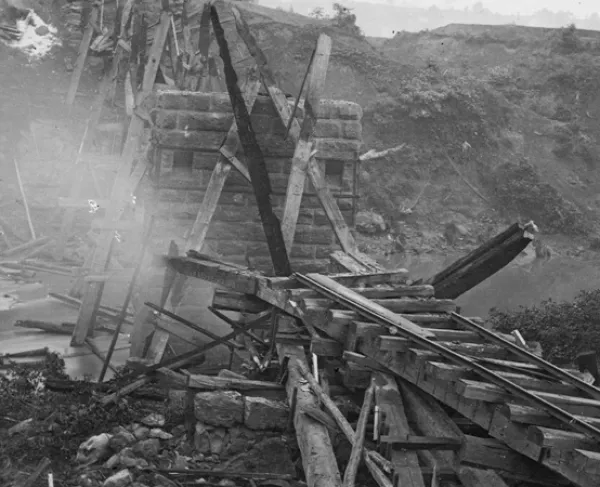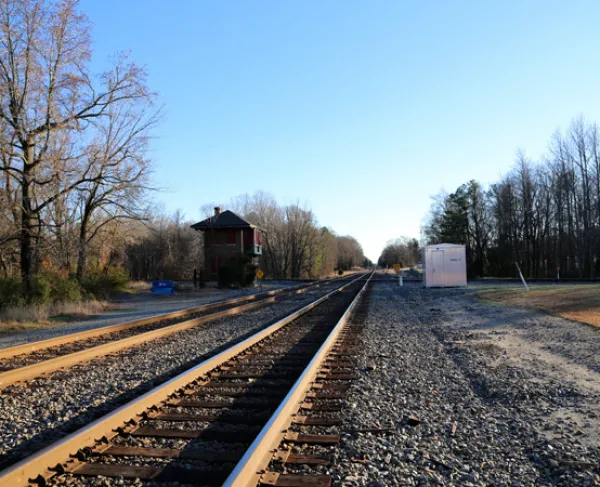Battle at Ox Ford
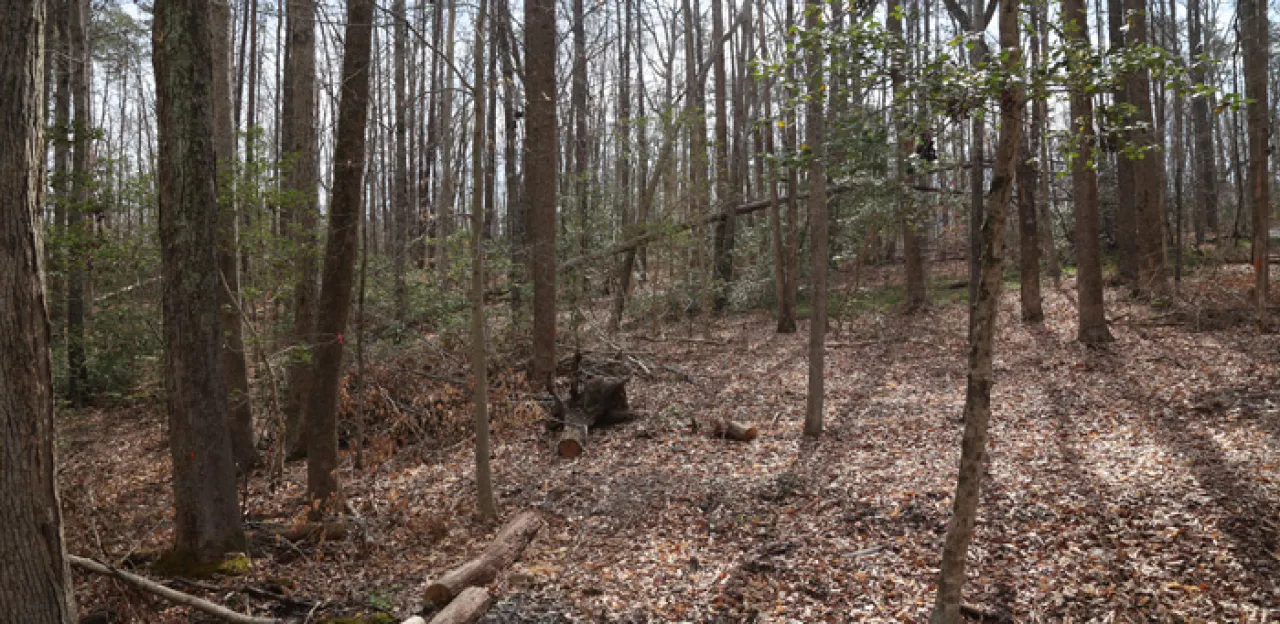
Mike Miller
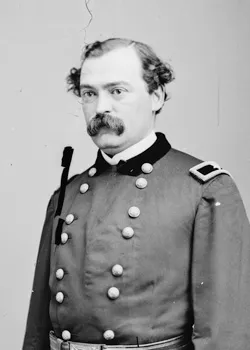
As he planned his next move on the afternoon of May 24, Gen. Ulysses S. Grant was troubled by the lack of movement in the center of his line. The Sixth Corps had joined Gen. Gouverneur Warren's Fifth Corps at Jericho Mill, while Gen. Winfield S. Hancock's Second Corps had easily crossed the Chesterfield Bridge and was pushing south. Only Gen. Ambrose Burnside's Ninth Corps at Ox Ford could not cross the North Anna.
Finding the Confederate defenses there too strong, Burnside sent Gen. Thomas L. Crittenden's division to cross above Ox Ford and come in from behind. He sent another division over Chesterfield Bridge to clear the ford from the opposite direction. With two divisions converging on Ox Ford, Burnside hoped the Confederates would have no choice but to withdraw.
After crossing the river, Crittenden discovered exceptionally strong enemy trench lines - more than one division could handle alone. When Gen. James H. Ledlie asked for permission for his brigade to attack, Crittenden sent back the message: "Tell General Ledlie not to charge unless he sees a sure thing...use the utmost caution." The courier found Ledlie massing his regiments for a charge. Unfortunately, Ledlie had bolstered his courage with enough alcohol to impair good judgment. The messenger made his report to the drunken general, who ignored Crittenden's words of caution. "It is doubtful he heard," the courier remembers, "or if he did, that he understood one word or cared."
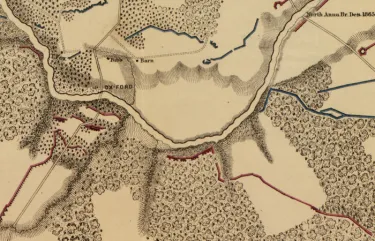
The brigade stood little chance against the Confederate trench line, held by Gen. William Mahone's infantry division reinforced by an artillery battalion. Cannon fire tore into the Union ranks, and the men advanced in a jumbled mass. The sight of Union troops infuriated Mahone's men, several of whom jumped up on the earthworks, calling out "Com on Yank, come on to Richmond!" When the Federals came within 100 yards, the earthworks erupted with massed rifle fire. Gen. Nathaniel Harris's Mississippi brigade drove the Union soldiers into a shallow ravine where they tried to return fire. In the midst of the melee, a thunderstorm burst over the battlefield, sending sheets of driving rain into the Federals' faces.
With Ledlie himself nowhere to be found, the Union regimental commanders were now alone. Mahone, realizing the Federals were isolated, quickly swept them from the field with a frontal and flank attack. Instead of being court-martialed, Ledlie was promoted to division command. His army career ended two months later for his role in the ill-fated Battle of the Crater.
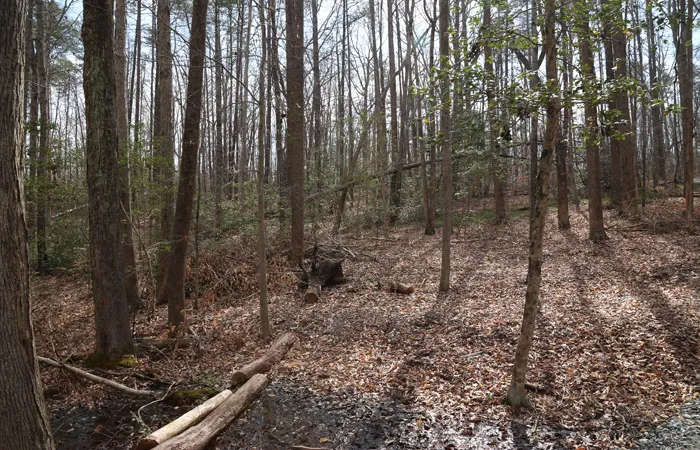
Related Battles
2,600
1,600
